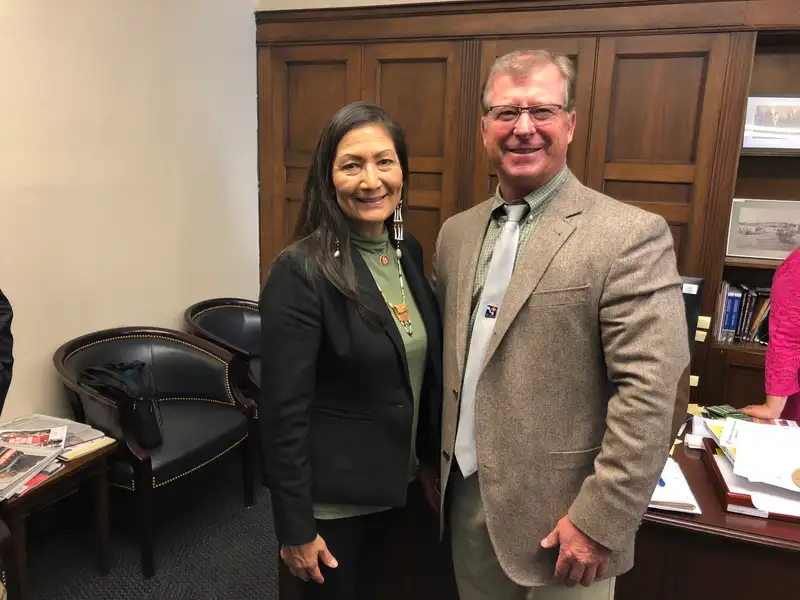Despite their utility, PFAS pose severe environmental and health risks. Scientific studies have shown that PFAS are toxic, carcinogenic, and harmful to organs like the liver, kidneys, and thyroid. Because they don’t degrade, PFAS persist in the environment, accumulating in water, soil, and even air, where they eventually make their way into food chains and, ultimately, into human bodies. They have been detected in food like fish, meat, and vegetables, causing widespread contamination.
The urgency around PFAS pollution has led to growing awareness and action. In 2011, Greenpeace’s Detox campaign called for eliminating toxic wastewater emissions from the textile industry. Over the last two decades, NGOs, scientists, and environmental activists have highlighted the harmful impact of PFAS, leading to legislative responses in many countries. A proposed EU-wide PFAS ban is under review, though a global agreement remains elusive.
Shifting to Eco-Friendly Alternatives
As the dangers of PFAS become widely recognized, sustainable brands are increasingly exploring PFAS-free solutions. Alternatives such as tightly woven fabrics, naturally water-repellent materials (e.g., wool and hemp), and sustainable coatings made from beeswax or vegetable waxes are gaining traction. While there is no universal certification for PFAS-free products, some brands use labels such as “PFAS-free” and certifications like bluesign®, Oeko-Tex®, or Green Shape to assure consumers of their commitment to sustainability.
Pioneers in the PFAS-Free Movement
Many outdoor brands are leading the way by developing and marketing PFAS-free products:
- VAUDE: This eco-conscious brand aims to replace PFAS in all tents by 2025. They are bluesign® certified and committed to using sustainable alternatives.
- Patagonia: Last year, 78% of Patagonia’s water-repellent materials were PFAS-free. Collaborating with GORE-TEX, Patagonia plans to release products in 2024 using a new sustainable ePE membrane.
- Fjällräven: This Swedish brand eliminated PFAS more than a decade ago and is now working on PFAS-free zippers.
- Houdini: Achieved PFAS-free status in 2018 using recycled hydrophobic polyesters and is part of the industry-wide Popfree project.
- Bleed Clothing: PFC-free since its inception, Bleed Clothing uses Sympatex membranes, which are made from 100% recycled, PFAS-free polyester.
- Ortovox: Known for sustainable sports equipment, Ortovox ensures all products are free from PFCs.
- Jack Wolfskin: The brand has adhered to bluesign® standards since 2011, eliminating PFAS from all products by 2019.
These brands illustrate a growing commitment to PFAS-free and eco-friendly options in the outdoor and apparel industries, meeting the demands of environmentally conscious consumers and leading the shift toward sustainable sports and outdoor equipment.
The Path Forward: Sustainability
As demand for sustainable products grows, more brands are following the example set by pioneers in the PFAS-free movement. With increased awareness around PFAS’s environmental and health impacts, brands are innovating to deliver products that combine performance with a reduced ecological footprint. This shift also extends to other industries, from sports gear to everyday consumer goods, signaling a broader move toward sustainable practices.
Eco-conscious consumers can look forward to more options that align with their values, pushing the industry toward a future where toxic chemicals like PFAS are replaced with safer, sustainable alternatives. The combined efforts of brands, NGOs, and legislative bodies offer hope for a cleaner, healthier environment, proving that performance and sustainability can coexist in the world of high-performance outdoor and athletic equipment.
